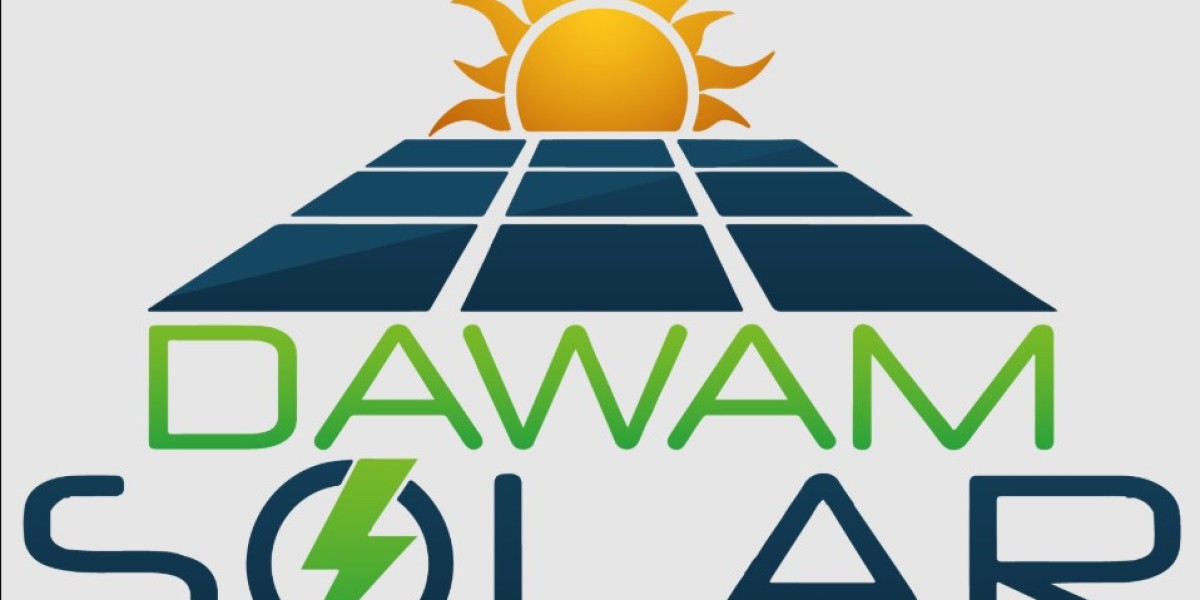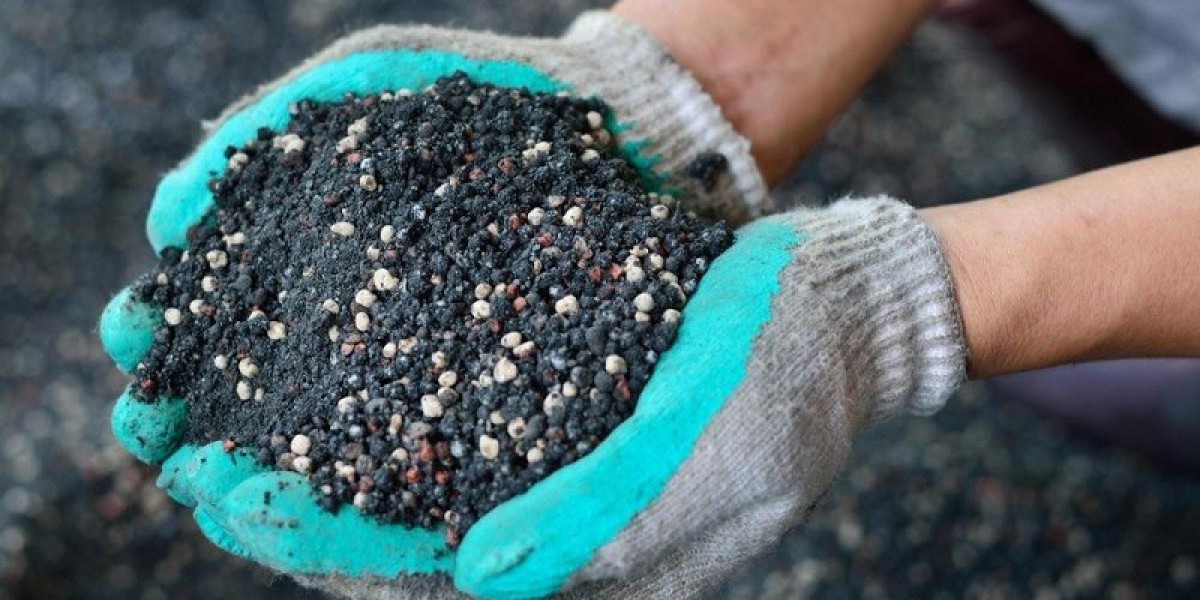As the world moves towards sustainable energy solutions, one of the most popular choices is solar power. Karachi, with its abundant sunshine, is an ideal location to harness the power of the sun through solar panels. The transition to solar energy can be a game-changer, not only for reducing electricity bills but also for contributing to a greener, more sustainable environment. In this guide, we will explore everything you need to know about installing solar panels and understanding their setup in Karachi. From the initial planning stages to maintenance and optimization, we’ll break down each step of the process and answer the most common questions.
Why Choose Solar Panels in Karachi?
Karachi is known for its bright, sunny days, making it an ideal location for solar energy generation. The city experiences an average of 300 sunny days a year, which provides a consistent and reliable source of energy throughout the year. With soaring electricity costs and frequent power outages, installing solar panels in Karachi is becoming an increasingly popular choice for both residential and commercial properties.
The benefits of installing solar panels are numerous:
Reduced Electricity Bills: Solar panels significantly reduce your reliance on the national grid, saving you money on your monthly electricity bills.
Environmentally Friendly: Solar power is a renewable source of energy, which helps reduce your carbon footprint.
Government Incentives: The government of Pakistan offers various incentives and subsidies for those investing in solar energy systems, making it a cost-effective option for many.
Energy Independence: Solar power gives you the autonomy to produce your own electricity, reducing the impact of power shortages or load shedding.
With these benefits in mind, let’s dive deeper into how to install solar panels in Karachi and understand their setup.
Steps for Installing Solar Panels in Karachi
Installing solar panels involves several steps, each critical to ensuring that your system works efficiently and provides the maximum return on investment. Below is a step-by-step guide to help you through the process.
1. Assessing Your Energy Needs
Before installing solar panels, the first thing you need to do is assess your energy needs. Determine how much electricity you consume on a daily, monthly, and yearly basis. This can be done by checking your electricity bills for the past few months. Understanding your energy consumption is crucial because it will guide you in choosing the right size and number of solar panels for your home or business.
2. Site Assessment and Roof Inspection
The next step is to assess your property for solar panel installation. A roof that receives adequate sunlight throughout the day is ideal for solar panels. The roof should also be structurally sound and capable of supporting the weight of the solar system.
Solar panel installers in Karachi typically conduct a site survey to determine the optimal location for the panels. This includes checking the roof's orientation, tilt, and shading patterns. Ideally, solar panels should be installed on the roof facing south to capture the maximum amount of sunlight.
3. Choosing the Right Solar Panel System
Once the site is assessed, you need to choose the right solar panel system for your needs. There are different types of solar panels, such as:
Monocrystalline Solar Panels: These are made from a single continuous crystal structure, offering high efficiency and a longer lifespan. They are ideal for areas with limited space.
Polycrystalline Solar Panels: Made from multiple silicon crystals, these panels are less efficient than monocrystalline panels but are more affordable.
Thin-Film Solar Panels: These are lightweight and flexible but generally have lower efficiency compared to crystalline panels.
Along with the type of solar panels, you will also need to choose an inverter that converts the DC power produced by the solar panels into AC power for use in your home or business. Inverters come in various sizes, and selecting the correct one depends on your system size.
4. Installation Process
Once you have chosen your solar panel system, the installation process can begin. It typically involves the following steps:
Mounting the Solar Panels: The panels are mounted on the roof using racks and mounts. These are securely fixed to ensure the panels do not move or get damaged by high winds.
Wiring and Connections: The panels are wired to the inverter, which is usually placed in a shaded, cool area to optimize its performance.
System Testing: Once the system is installed, the entire setup is tested to ensure it is functioning correctly. This includes checking the inverter, battery storage (if applicable), and the flow of electricity.
5. Connecting to the Grid (If Applicable)
If you plan to remain connected to the grid, your solar system will need to be connected to the national electrical grid. This step requires approval from your local electricity provider, and in some cases, you may be eligible for net metering. Net metering allows you to sell excess electricity back to the grid, further reducing your electricity costs.
6. Ongoing Maintenance and Monitoring
After installation, it’s important to regularly maintain your solar panels to ensure they continue to function optimally. This includes cleaning the panels to remove dust and debris, inspecting the system for any signs of damage, and checking the inverter's performance. Many solar companies also provide monitoring systems that allow you to track the performance of your solar panels remotely.
Comparison Table: Solar Panel Systems for Karachi
| Feature | Monocrystalline Solar Panels | Polycrystalline Solar Panels | Thin-Film Solar Panels |
|---|---|---|---|
| Efficiency | 18-22% | 15-18% | 10-13% |
| Lifespan | 25-30 years | 20-25 years | 10-20 years |
| Cost | High | Moderate | Low |
| Best For | Limited space, high energy needs | Budget-conscious buyers | Large spaces, less efficient needs |
| Aesthetic Appeal | Sleek, black color | Blue color | Flexible, lightweight |
| Energy Production | High per square meter | Moderate per square meter | Low per square meter |
Interpreting the Table
The comparison table provides an overview of the three main types of solar panels. Monocrystalline panels offer the highest efficiency and longest lifespan, making them a great choice for homes with limited roof space and high energy demands. They are also more expensive, but the investment is justified by their performance.
Polycrystalline panels are a more affordable option, offering decent efficiency and lifespan. They are ideal for homeowners on a budget who still want to take advantage of solar power.
Thin-film panels are the least efficient but are lightweight and flexible, making them suitable for large areas or unconventional installations. These panels are the most affordable option but may require more space to produce the same amount of energy as other types.
Choosing the Best Solar Panel System for Your Needs
When selecting a solar panel system for your property in Karachi, consider the following factors:
Budget: How much are you willing to spend on your solar setup? Monocrystalline panels are the most efficient but come at a premium price, while polycrystalline and thin-film options are more affordable.
Energy Requirements: If you have high energy demands or limited roof space, investing in monocrystalline panels may be the best option for you.
Roof Size and Type: The available space on your roof and the angle at which the panels will be installed will influence your choice of solar panel system. Consult with a professional installer to determine the best fit for your property.
FAQs About Solar Panel Installation in Karachi
1. How long do solar panels last in Karachi?
Solar panels generally last between 20-30 years. Monocrystalline panels tend to have a longer lifespan compared to other types.
2. Can solar panels generate enough energy for a large household?
Yes, solar panels can generate sufficient energy for most households, but the number of panels required will depend on your energy consumption.
3. Are there any government incentives for solar panel installation in Karachi?
Yes, the government of Pakistan provides various incentives, including tax exemptions and subsidies, to encourage the adoption of solar energy.
4. How much does it cost to install solar panels in Karachi?
The cost of installation varies based on the system size and type of solar panels. On average, a residential solar system can cost between PKR 200,000 to PKR 1,500,000.
5. Do solar panels require a lot of maintenance?
Solar panels require minimal maintenance. Regular cleaning and periodic inspections are usually enough to keep the system running efficiently.
Conclusion
Installing solar panels in Karachi is a smart decision for anyone looking to reduce electricity bills and contribute to environmental sustainability. By assessing your energy needs, choosing the right system, and working with professional installers, you can enjoy the benefits of solar power for many years. Whether you opt for monocrystalline, polycrystalline, or thin-film panels, solar energy offers a reliable and cost-effective solution for homeowners and businesses alike.
If you're considering solar panel installation, take the first step today by consulting with a trusted solar energy provider in Karachi to determine the best system for your needs. Take advantage of the sunny weather and make the switch to solar energy now!








